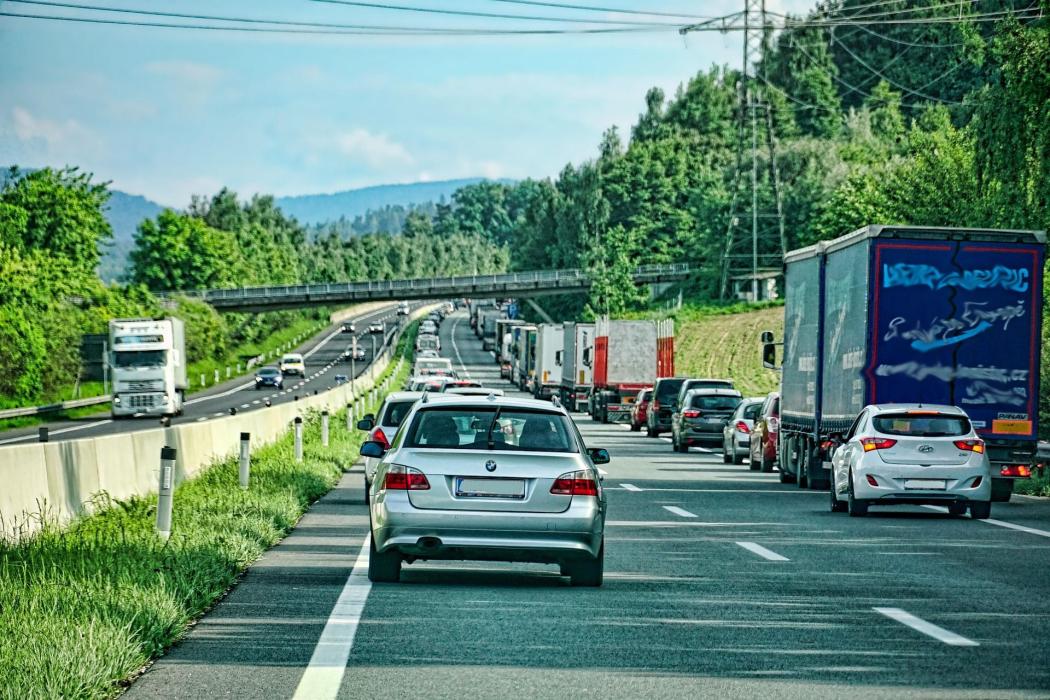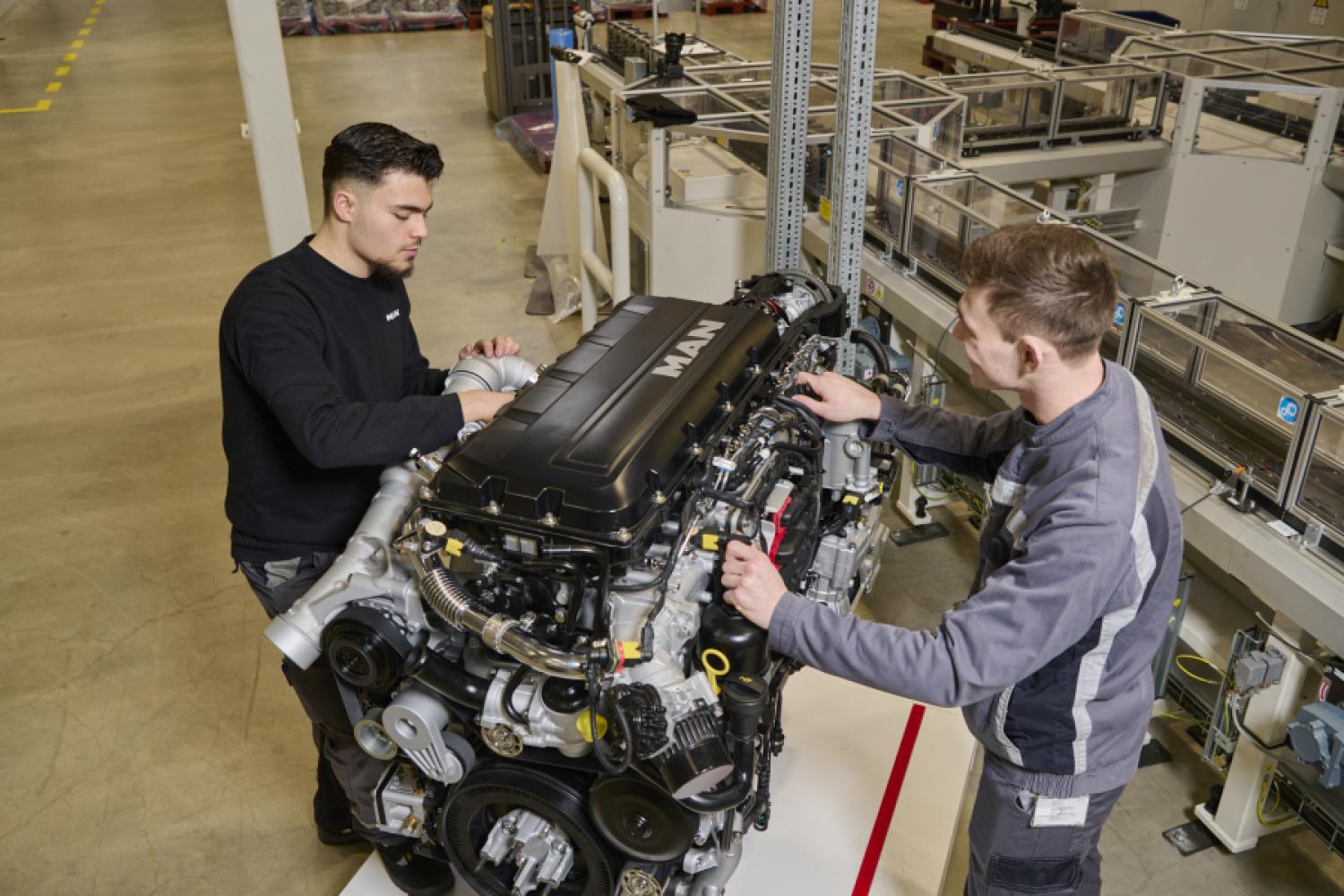2025-06-18
According to Verti Versicherung AG, the ADAC recorded a total of around 859,000 kilometers of traffic jams on German highways in 2024. This corresponds to a traffic jam that circles the Earth more than 21 times.
Nevertheless, this is about two percent fewer traffic jam kilometers than in 2023. However, the number of hours spent in traffic jams increased by five percent to 448,000 hours, according to the information. Converted, this would be roughly 51 years.
It is therefore important to adhere to the rules in the event of a traffic jam – otherwise, dangerous or even criminal consequences could result. Verti Versicherung AG provides the following safety tips:
- Form an emergency corridor: Regardless of the number of lanes on the highway, the emergency corridor must always be formed between the far-left lane and the remaining lanes as soon as traffic slows. According to insurance experts, many drivers react too late or not at all. This could cost lifesaving minutes in an emergency. In particular, in heavy traffic, forward-looking driving is required to create space before it becomes too tight.
- Do not use the hard shoulder or emergency corridor unauthorized: The hard shoulder, according to the insurance company, is not a passing lane for the impatient. Those who use it on their own initiative not only obstruct possible emergency vehicles but also endanger breakdown assistants or stranded vehicles. Using the emergency corridor is also punishable, according to experts, as it endangers lives in the worst case - with severe fines and driving bans threatened.
- Use hazard warning lights at the end of a traffic jam: As you approach the end of a traffic jam, you should turn on the hazard warning lights early to warn following vehicles. This is crucial, especially on unclear sections of the road such as curves or hills, to avoid rear-end collisions. According to Verti Versicherung, many drivers underestimate this simple but effective measure.
- Do not get out of the vehicle: According to insurance experts, leaving the vehicle is strictly prohibited even if traffic is at a standstill. It is life-threatening to "quickly" stretch your legs on the hard shoulder or between lanes - both for those getting out and for other road users. An exception exists in the event of a real emergency - for example, when the vehicle is no longer safe due to a breakdown or accident. In that case, you should leave the vehicle on the hard shoulder if possible and move to safety behind the guardrail, as advised.
- Do not drive too close: Even at a standstill, maintaining the necessary distance is crucial. In an emergency, an emergency corridor can only be used quickly and effectively if there is enough space between vehicles. Additionally, maintaining distance prevents unnecessary body damage from sudden starts or braking.
- Turn off the engine: If the engine runs during longer standstills, not only is fuel wasted, but the environment is also burdened by unnecessary emissions – with environmental penalties in many cities for violations, according to the insurance company. If a start-stop system is present, it automatically turns off the engine when the vehicle is, for example, at a red light or in traffic jams and starts it again as soon as the driver wants to resume driving, such as by pressing the clutch or releasing the brake in automatic vehicles.
- No smartphone at the wheel: According to Verti Versicherung, many underestimate the distraction a brief glance at the display can cause. The phone should remain off-limits, even if traffic is at a standstill - unless the engine is off and the vehicle is safely parked, according to insurance experts. The police specifically check for mobile phone violations in traffic jams. Turning off the engine with a start-stop system is not enough; the engine must be actively and completely turned off.






